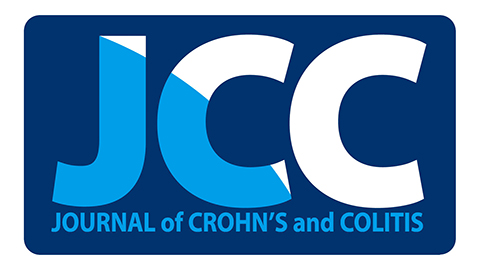
“Idiopathic pulmonary fibrosis (IPF) is a life-threatening disease without effective treatment, highlighting the need for identifying new targets and treatment modalities. The pathogenesis of IPF is complex, and engaging multiple targets simultaneously might improve therapeutic efficacy.
To assess the role of the endocannabinoid/cannabinoid receptor 1 (endocannabinoid/CB1R) system in IPF and its interaction with inducible nitric oxide synthase (iNOS) as dual therapeutic targets, we analyzed lung fibrosis and the status of the endocannabinoid/CB1R system and iNOS in mice with bleomycin-induced pulmonary fibrosis (PF) and in lung tissue and bronchoalveolar lavage fluid (BALF) from patients with IPF, as well as controls. In addition, we investigated the antifibrotic efficacy in the mouse PF model of an orally bioavailable and peripherally restricted CB1R/iNOS hybrid inhibitor.
We report that increased activity of the endocannabinoid/CB1R system parallels disease progression in the lungs of patients with idiopathic PF and in mice with bleomycin-induced PF and is associated with increased tissue levels of interferon regulatory factor-5. Furthermore, we demonstrate that simultaneous engagement of the secondary target iNOS by the hybrid CB1R/iNOS inhibitor has greater antifibrotic efficacy than inhibition of CB1R alone. This hybrid antagonist also arrests the progression of established fibrosis in mice, thus making it a viable candidate for future translational studies in IPF.” https://www.ncbi.nlm.nih.gov/pubmed/28422760
“Our results show that CB1 signaling plays a key pathological role in the development of radiation-induced pulmonary inflammation and fibrosis, and peripherally restricted CB1 antagonists may represent a novel therapeutic approach against this devastating complication of radiotherapy/irradiation. In summary, we provide the first evidence on the key pathological role of CB1 signaling in radiation-induced pulmonary fibrogenesis and show that peripherally restricted CB1 antagonists may represent a novel therapeutic approach against this devastating and untreatable complication of radiotherapy/irradiation. Our results also suggest that targeting CB1 may provide benefits in other lung diseases associated with inflammation and fibrosis.” http://www.atsjournals.org/doi/10.1165/rcmb.2014-0331OC
“Pure Δ9-tetrahydrocannabivarin and a Cannabis sativa extract with high content in Δ9-tetrahydrocannabivarin inhibit nitrite production in murine peritoneal macrophages. THCV down-regulated the over-expression of inducible nitric oxide synthase (iNOS). THCV counteracted LPS-induced up-regulation of CB1 receptors. Cannabis use has immunomodulatory and anti-inflammatory effects.” http://www.ncbi.nlm.nih.gov/pubmed/27498155
“As a class, the cannabinoids are generally free from the adverse effects associated with NSAIDs. Their clinical development thus provides a new approach to treatment of diseases characterized by acute and chronic inflammation and fibrosis. The review concludes with a presentation of a possible mechanism for the anti-inflammatory and antifibrotic actions of these substances. Thus, several cannabinoids may be considered candidates for development as anti-inflammatory and antifibrotic agents.” https://www.ncbi.nlm.nih.gov/pubmed/27435265



1582-4934/asset/jcmm_large.jpg?v=1&s=7674b5c17e2bcbb5a84b43d19c1eee77fb28c804)





